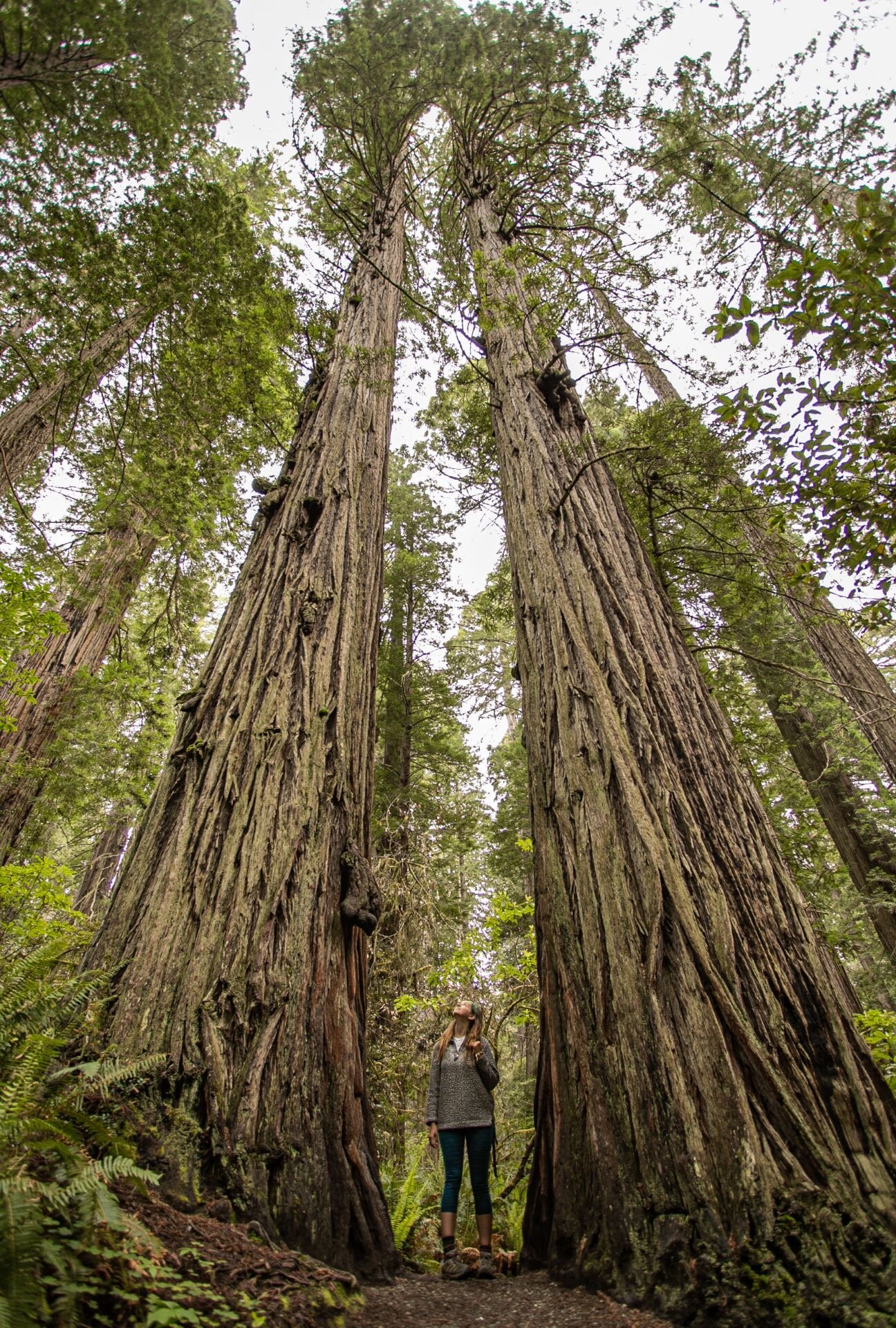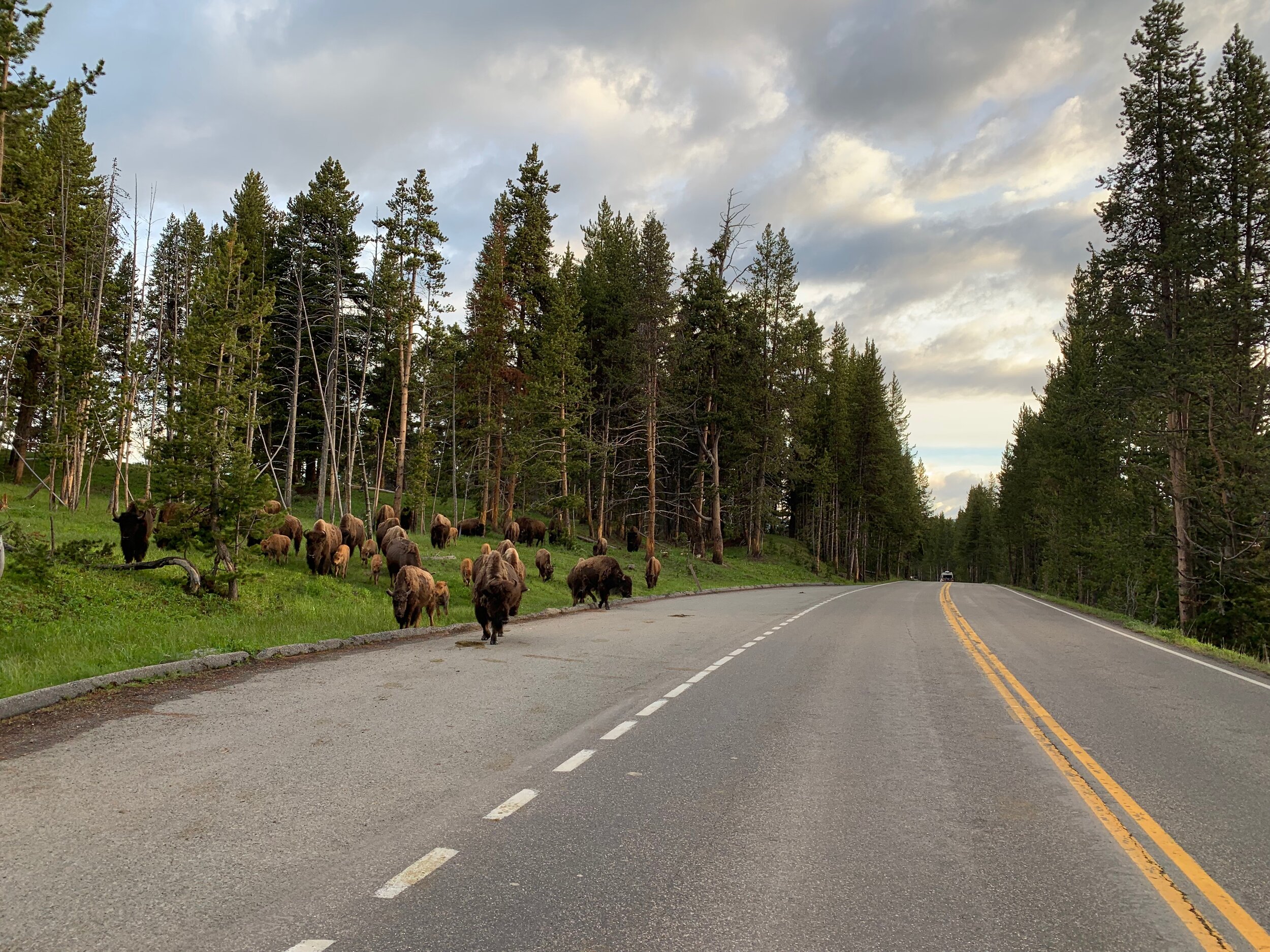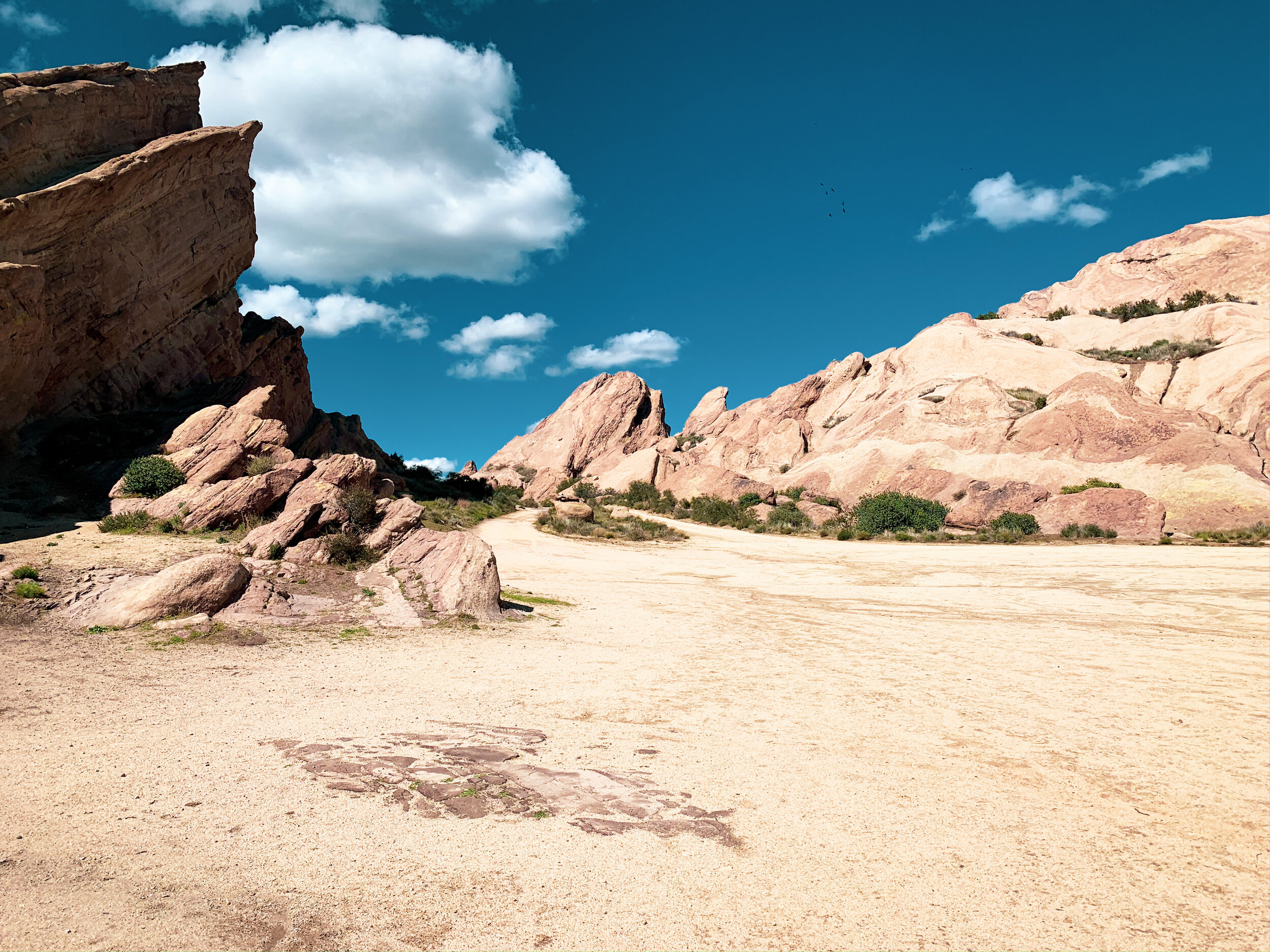The Badlands. One of the most ominous sounding parks is also one of the most surprisingly beautiful. I’ve visited Badlands National Park twice, and I’ve been lucky (and unlucky) enough to experience every bit of its natural wonder. The Badlands are located in western South Dakota, and are made up of desert rock formations that resemble jagged peaks. This place can be both miserable and beautiful, and as one of the most unique places in the country, it deserves to be on your bucket list (during the winter perhaps).
Why are they called the Badlands?
Well, simply because of the terrain. The Lakota people called what is now Badlands National Park “mako sica” (“land bad”) due to extreme temperatures, jagged terrain, and the area’s lack of water. Personally, I can attest that these lands can indeed be very bad, but they can also be very beautiful. During my first visit, it was over 100 degrees Fahrenheit, but I was rewarded with the prettiest desert sunrise I’ve ever had.
The Basics
Badlands National Park is located within driving distance of two other amazing NPS sites: Wind Cave and Devils Tower (one of my personal faves). There is an entrance fee of $30 per vehicle, or the use of your America the Beautiful Pass. It is often incredibly hot in the park, and there aren’t a lot of places to fill up water. One of the best places to find clean drinking water is at the Ben Reifel Visitor Center near Interior, SD.
Can I bring my dog?
A common misconception is that dogs are not allowed inside National Parks at all—this is not true! The only thing is, Badlands isn’t the most dog friendly park due to the fact that it’s so hot much of the year, and dogs are not allowed on any of the trails. A good rule of thumb is that your dog is allowed anywhere your car can go. We hung out with Lassen for a bit at the picnic area near the visitor center, and for most of the day, he hung out in the van until we got back to camp where he got an extra long walk and a game of frisbee.
I’m a first time visitor… what should I do?
Badlands is about to majorly blow your mind! My ultimate first stop for you has to be Roberts Prairie Dog Town. It’s five miles down a dirt road on the Wall, SD side of the park, but it’s so worth it. You’re guaranteed to see prairie dogs, but also, where prairie dogs live, lots of other animals do too! We saw Pronghorns, Bison, and even a coyote stalking the Pronghorn herd!
Then, I’d drive down the scenic road. Stop at as many viewpoints as you want, but don’t skip the Yellow Mounds for some cool colors! Once you reach the visitor center, turn left, and head up to Notch Trail (the famous one with the giant ladder) for a hike you’ll always remember!
End your day with an incredible sunset, or wake up early the next day for sunrise (or both!).
What else should I know?
There is pretty good cell signal within the park, and gas stations less than ten miles outside the park on the Wall side.
Make sure you stay at least 100 yards from all wildlife, especially Bison, and watch for rattlesnakes when on the trails.
Badlands is a “free hike park.” This means that you can actually walk anywhere you want, even if there’s no trail. This is one of the only parks that’s like this, so have fun, but be careful. When I asked about this, the ranger I spoke to said, “Your only limitations here are gravity and wildlife.”
There are 3 options for staying in the park: the Cedar Pass Lodge, Cedar Pass Campground, and Sage Creek Campground. You can make reservations for Cedar Pass online. Sage Creek Campground is located in the backcountry but is accessible by car, and is free to stay at.
Pack out all trash! There are trash cans at many of the overlooks around the park. Please use them instead of leaving trash in the wilderness. If a trash can is full, please take your trash home with you.
The Badlands is an incredible park full of surprises. From wild animals of all types to vibrant colors, to views you won’t forget, the Badlands is a unique and simply underrated park.
To work the Badlands into an incredible road trip that reaches all 50 states, tap the button below!

































































